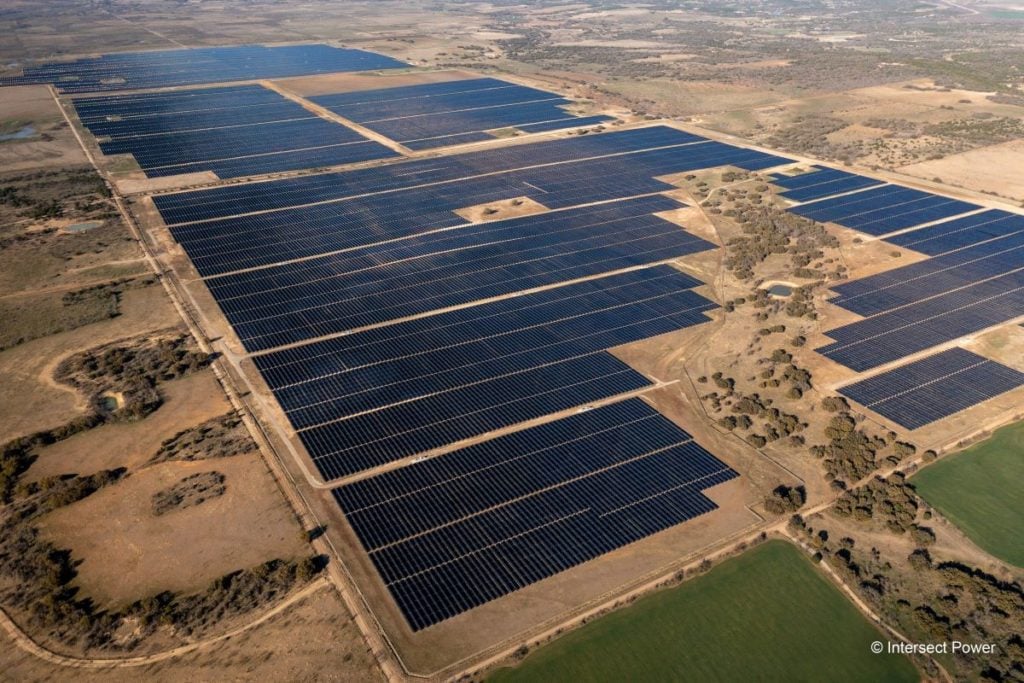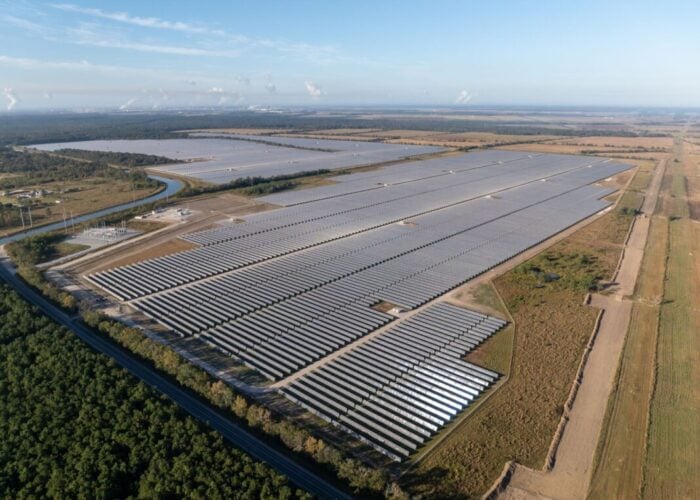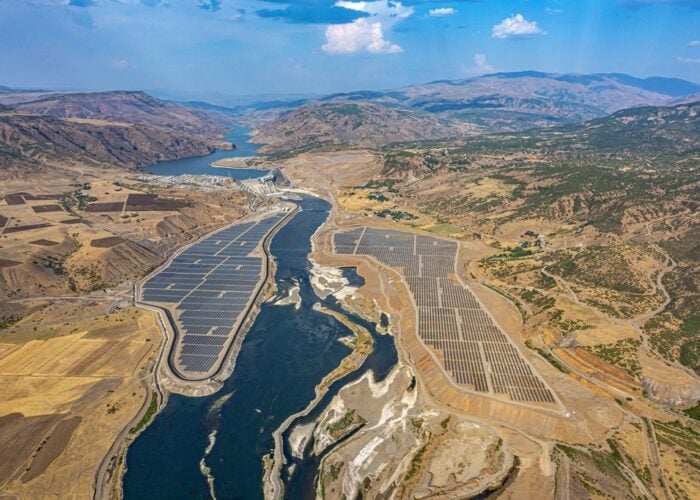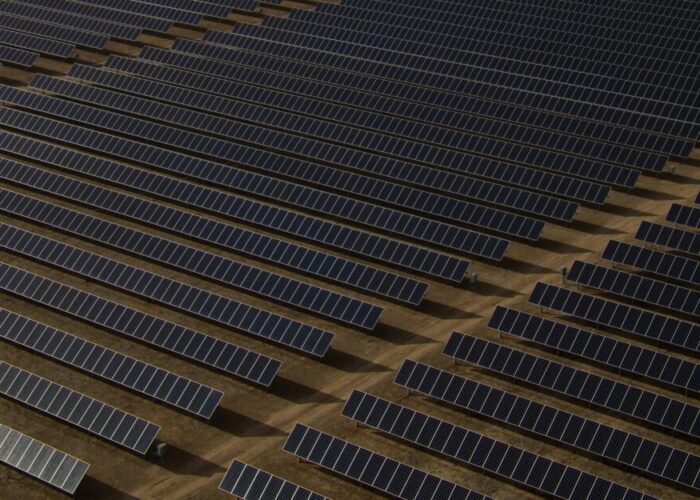
With solar capacity ever-growing at a fast pace globally and installs expected to treble in the coming years, developing projects co-located with storage will become more and more common, according to a survey published by quality assurance company DNV ahead of Intersolar Europe last month.
The survey covered a wide range of topics across the energy industry – as covered by our sister site Energy-storage.news – with more than 1,300 senior industry workers canvassed for it and for which every year the company does a deep dive on a specific topic. This year, said topic was around energy storage, with 92% of respondents saying that solar-plus-storage, over the next five years, is going to be very important to the energy transition.
Unlock unlimited access for 12 whole months of distinctive global analysis
Photovoltaics International is now included.
- Regular insight and analysis of the industry’s biggest developments
- In-depth interviews with the industry’s leading figures
- Unlimited digital access to the PV Tech Power journal catalogue
- Unlimited digital access to the Photovoltaics International journal catalogue
- Access to more than 1,000 technical papers
- Discounts on Solar Media’s portfolio of events, in-person and virtual
This is if two of the big challenges that energy storage is currently facing are mitigated, with one of them fairly common for the solar industry as it is facing a lack of workers to meet the increasing demand, while the other main challenge for energy storage is around policy, or rather the lack of it.
“Something that probably wind, solar, batteries and hydrogen, all of the new energy spaces are really struggling with, is we don’t have a deep bench of people with decades worth of experience. Because all of these industries are quite new and all of them are growing rapidly. You always need twice as many people a couple of years from now, as you have today,” says Jason Goodhand, global lead on energy storage at DNV.
If increasing staff numbers at a similar pace than the growth of storage will be an issue that will need to be fixed in the coming years, the other one might be as important. Even though it might still be early to grasp the whole effect of the Inflation Reduction Act (IRA) in the US, the policies introduced will have a positive impact to help subsidise the capital expenditure (capex) of projects.
In itself, the US is one of the leading markets in terms of solar-plus-storage, even before the passing of the IRA and that was due to the fact that certain states already had introduced regulations that favoured co-locating solar with storage. It’s not uncommon now to see large-scale projects that co-locate solar with storage, such as the recent acquisition of a 2GW solar-plus-storage project in California by utility AES Corporation or utility-scale renewables developer Intersect Power, which has a 2.2GW solar portfolio made of large-scale solar-plus-storage projects located in California and Texas.
“In the United States, a lot of the storage that was installed was tied with solar, a large majority of it. In part that was due to the way the regulations worked. Prior to the IRA, you could get a tax credit for storage, but only if it was attached to solar. That created a bit of an advantage there.”
However, there are markets that do not necessarily need any subsidy for it to grow, such is the case of the UK, says Goodhand.
One of the issues in the past years, especially during COVID when supply chain issues affected many industries, was the increased cost of batteries but these are slowly going back to the prices pre-COVID, according to Goodhand, adding they might even go further down.
Even with these current challenges for storage, co-locating it with solar can have a great advantage to accelerate the development of a project, with a faster permitting or interconnection access if battery is built along with solar or added at a later stage.
In regions where solar penetration is already high, and too much capacity is added to the grid at the same time, pushing the price of energy to be negative, co-locating solar PV with storage makes more sense as it would allow developers to sell the energy at a later time when prices are higher.
“By adding storage, you create a bit of a floor price, where you can move that very inexpensive, additional solar to a time when it’s more valuable. Now, you obviously have to pay for that storage equipment. And that’s been the challenge today, you have to ensure that the value of shifting that solar, even though it’s very cheap, to another period is able to pay for the storage,” says Goodhand.
Thus markets where the solar price is really cheap and with plentiful of space available, would be a good fit to see combinations of solar-plus-storage, says Goodhand, adding that markets such as Spain would be a good example of it.
“You will have opportunities in areas where there’s solar on the grid, where you’re getting a swing every day. That gives you an opportunity to charge and discharge the batteries,” says Goodhand, adding: “The more you use the battery, the more value you get out of it.”







